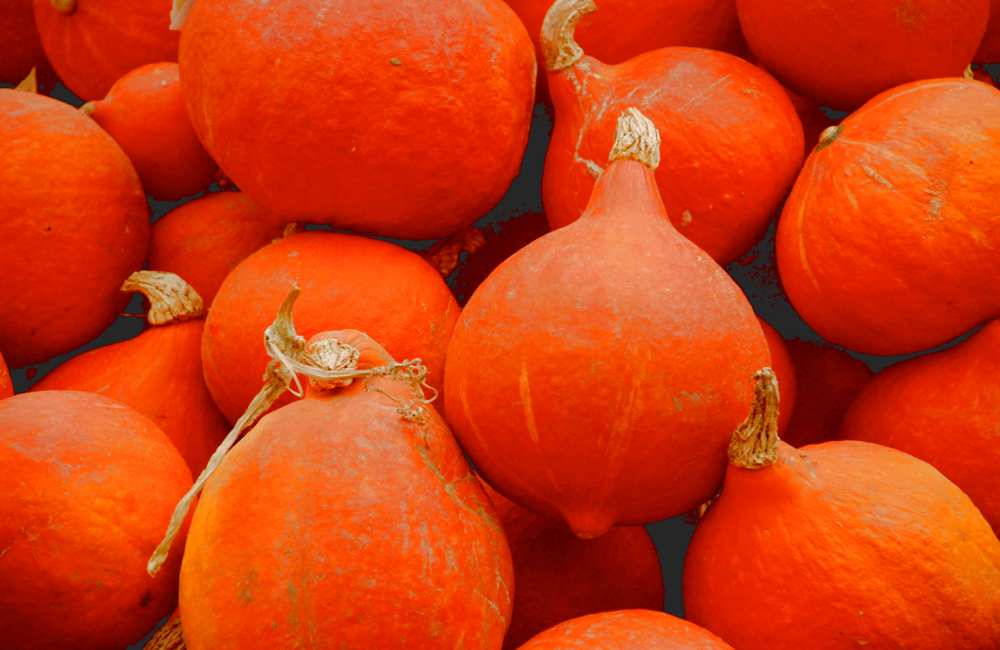The information on this page applies to seedlings sold by LEAF Nursery during our 2021 Seedling Sale.

Cucurbita maxima. Once you try these teardrop-shaped 3-4 pound fruits, they'll become an essential part of your fall and winter cooking. Kuri is Japanese for chestnut, a tribute to its nutty flavor. Also known as 'Orange Hokkaido', its smooth consistency and deep color make it a favorite for any traditional squash or pumpkin dish, although it's terrific simply sliced, steamed, or baked. Compact 4'-6' vines produce well even in cool or short-season climates.
Seed Type
| Organic | Heirloom | Non-GMO | Hybrid | Open-pollinated | Untreated |
Additional Information
| Container Friendly | Trellis Needed | Easy to Grow | Pollinator Friendly |
Planting Season
| Jan | Feb | Mar | Apr | May | Jun | Jul | Aug | Sep | Oct | Nov | Dec |
Growing Conditions
| Light | Temperature | Soil | Water |
|---|---|---|---|
| Full Sun | nights above 50°F | well drained, fertile soils with a pH between 6.0–7.5 | consistent watering; avoid getting foliage wet |
Planting Tips
| Plant Spacing | Plant Size | Days to Maturity |
|---|---|---|
| 2-3 seedlings per mound | 4'–6' long vines | 95 |
- Additional instructions: Despite its name, winter squash is grown in the summer. The name comes from the fact that the mature fruits can be stored for winter eating. Pumpkins are also types of winter squash. Encourage bees for best pollination. To save space, vines can be trained up fences, trellises or tepees.[3]
- Harvesting instructions: Winter squashes need to mature properly, so don’t harvest until vines have died back and squashes’ exterior rind is hard enough that you can't dent it with your fingernail and before first frost. Cut stem, (don't break it off) leaving 2" of stem attached, which keeps the squash whole, leaving no opening for infection. Cure in the sun for about 10 days, before storing in a cool dry place where they will keep for months.[1]
Common Diseases and Pests
- Pests: Aphids, Armyworms, Crickets, Cucumber beetles, Cutworms, Darkling beetles, Driedfruit beetles, Earwigs, Flea beetles, Grasshoppers, Leafhoppers, Leafminers, Loopers, Nematodes, Seedcorn maggot, Snails/slugs, Spider mites, Squash bug, Stink bugs, Thrips, Whiteflies, Wireworms
- Disease: Curly top, Damping off, Downy mildew, Fusarium crown and foot rot, Powdery mildew, Root rot (Pythium and Phytophthora spp.), Verticillium wilt, Viruses, White mold
Useful Resources
- https://www.botanicalinterests.com/product/Winter-Red-Kuri-Winter-Squash-Seeds (seed source)
- http://mgsantaclara.ucanr.edu/garden-help/vegetables/vegetable-planting-chart/
- http://ipm.ucanr.edu/home-and-landscape/squash/index.html
If you bought this seedling and have any questions or feedback, let us know in the comment section below.